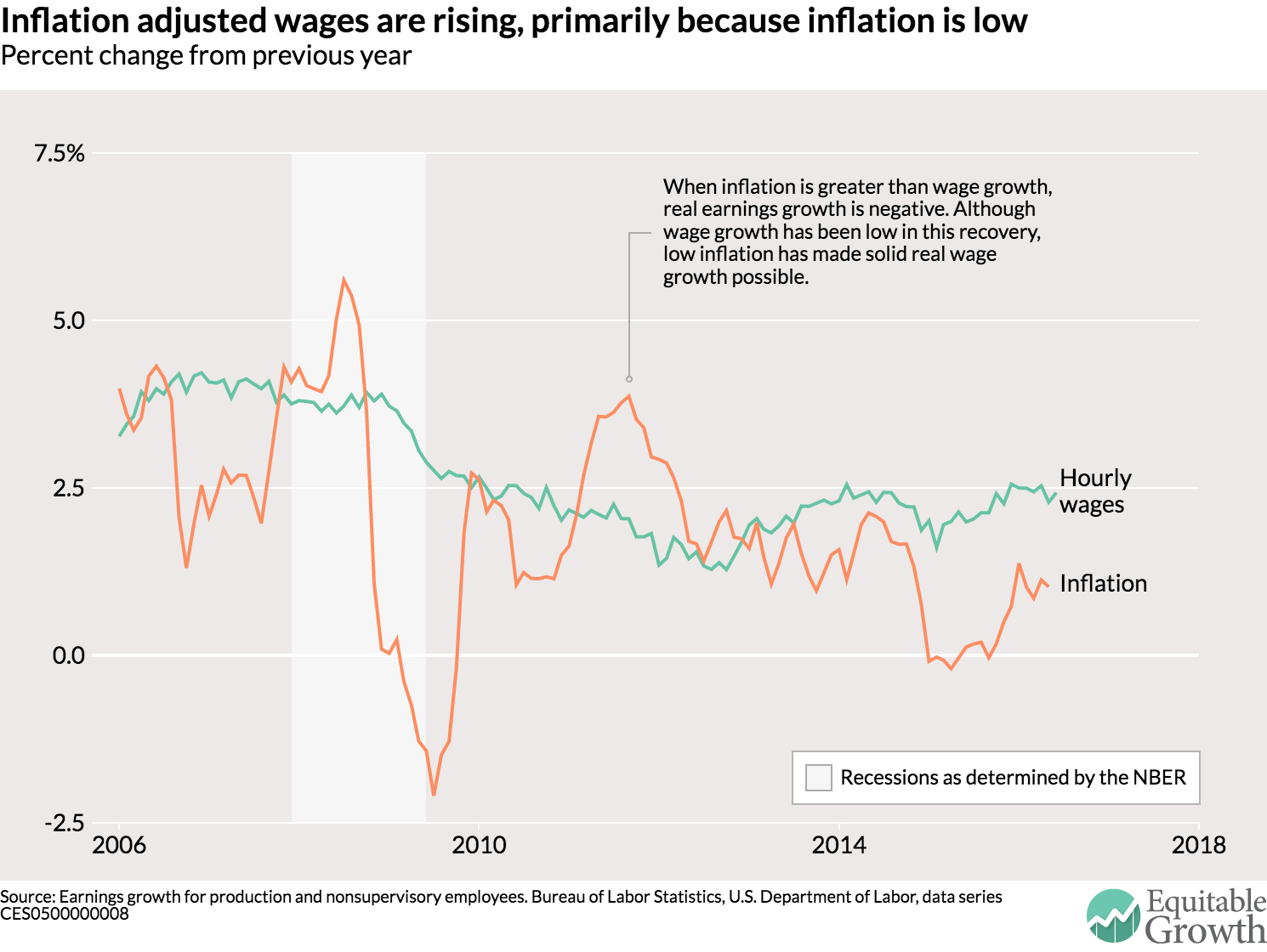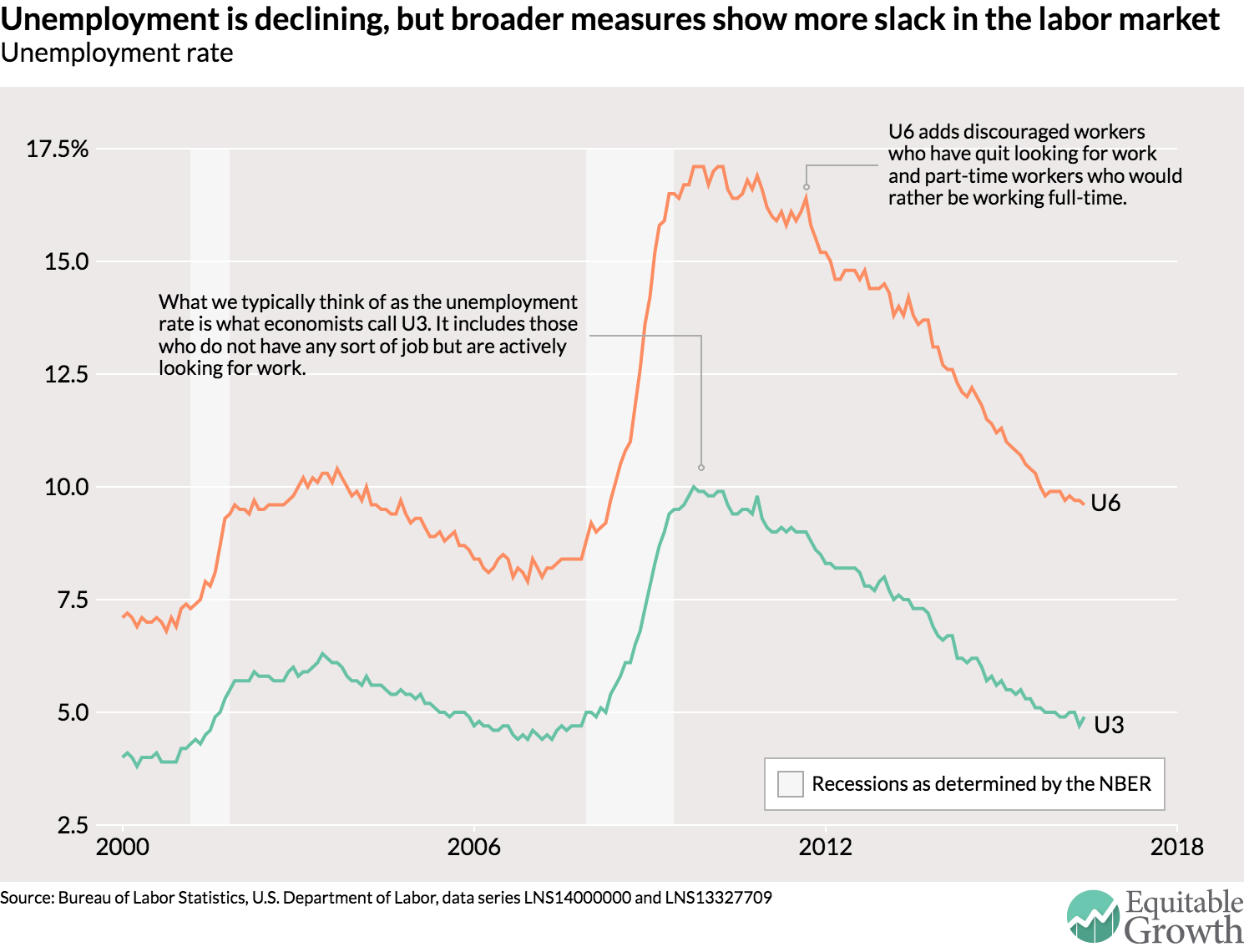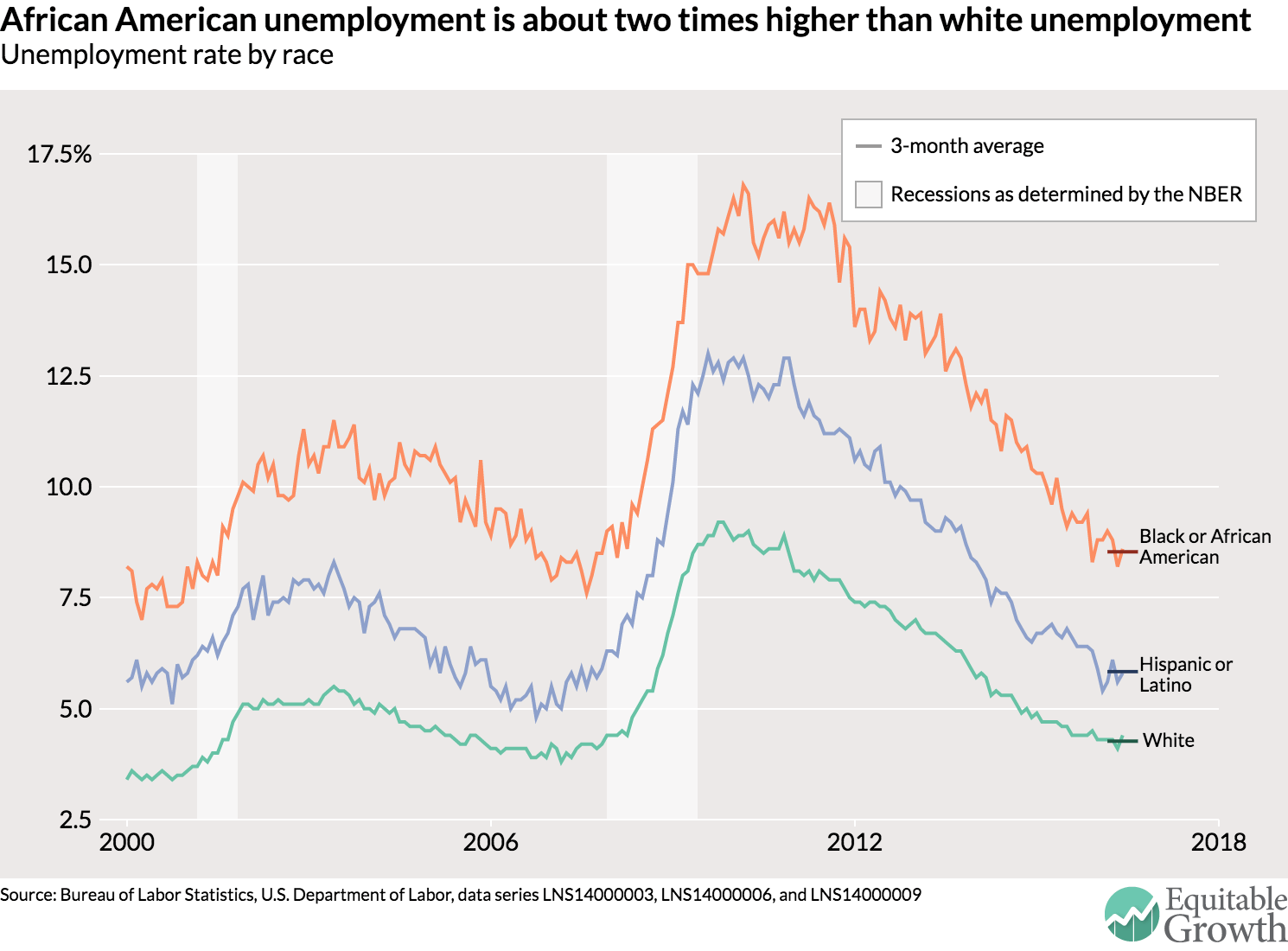Must-Read: Pseudoerasmus: Did Inequality Cause the First World War? Contra Hobson-Lenin-Milanovic: “In a small section in his new book, Branko Milanovic argues that the First World War…
…was ultimately caused by income & wealth inequality within the belligerent countries… John A. Hobson, Rosa Luxemburg, and Lenin…. High domestic inequality => ‘underconsumption’ by the masses & ‘surplus’ savings by the elites => capital exports, i.e., search for overseas outlets for investment => the ‘scramble for colonies’ & imperialism => (a major cause of the) WAR…. But… Ferguson’s The Pity of War has many problems, but one thing he’s very right about is the war that never broke out in the late 19th century between Britain and France, or between Britain and Russia…. Annoyingly, the Great Powers kept on resolving colonial disputes peacefully… too much European compromise and cooperation….
Furthermore, the ‘financier parasites’ of Hobson and Lenin had simply the wrong interest… feared rivalry… for the very good and rational reason that they had everything to lose from it…. The colonial disputes which Britain took most seriously and was willing to go to war over–Egypt (Fashoda), South Africa (German tensions over Transvaal), Afghanistan (Russian relations)–were all related in some way to monopolising maritime access, and eliminating all traces of threat, to India…. All else… was largely open to negotiation. Except, of course, for the naval rivalry in the North Sea. What actually soured Anglo-German relations was that Germany’s naval programme was perceived as an existential threat…. German dreadnoughts just a ‘few hours from the English coast’ were somewhat more important than Samoa or the Caprivi Strip….
Germany’s rulers believed the country’s political standing and national prestige was incommensurate with its sudden and dramatic rise as an economic superpower…. Imagine the chafing if Taiwan, and not the PRC, still represented China on the UN Security Council…. Who actually took the decision to go to war in Germany[?]… ‘Structural factors’ still require some kind of mechanism exerting pressure on the actual actors…. Mark Harrison…. “No country went to war for commercial advantage. Business interests favoured peace in all countries. Public opinion was considered mainly when the leading actors worried about the legitimacy of actions they had already decided on. If capital and labour had been represented in the Austrian, German, and Russian cabinets, there would have been no war.”
The capitalist bourgeoisie did not have the final power in Germany (let alone Austria or Russia). And the small and specific group of decision-makers is identifiable…. Fritz Fischer… [argued] that Germany had already taken the decision to go to war in 1912, based on a high-level meeting that year which seemed eerily to reflect much of German behaviour in July 1914…. In all three [of] Germany, Austria, and Russia, a feudal-agrarian-military elite governed over an increasingly bourgeois-industrial society (but especially in Germany). Those decision-makers held the unilateral power to go to war. And they took the decision unaccountably. When it came to matters of war, it’s not even clear that the East-Elbian Prussian Junker class really cared about the opinions of the country’s industrial and banking magnates.
I must confess I am considerably more sympathetic to Hobson (if not to Luxemburg and Lenin). As I read Hobson, his argument goes thus: (1) Income inequality leads to underconsumption–which means that investment and government purchases must be high share of national income in order for anything like full employment to be maintained. (2) Governments that do not maintain near-full employment most of the time are likely to fall. (3) Governments that do maintain near-full employment most of the time are likely to persist in office. (4) Imperialist governments that spend public money on overseas wars for vent-for-surplus colonies are likely to have higher shares of exports, investment, and government purchases in national income. (5) Militaristic governments that seek military advantage over other European powers are likely to have even higher shares of government purchases in national income. (6) Thus the political-economic logic of underconsumption puts pressure on the political system to produce more high politicians in office who like to build, play with, and ultimately use their military toys.
This seems to me to be not implausible, in contrast to the Lenin-Luxemburg version of the argument, which I agree is very implausible.






